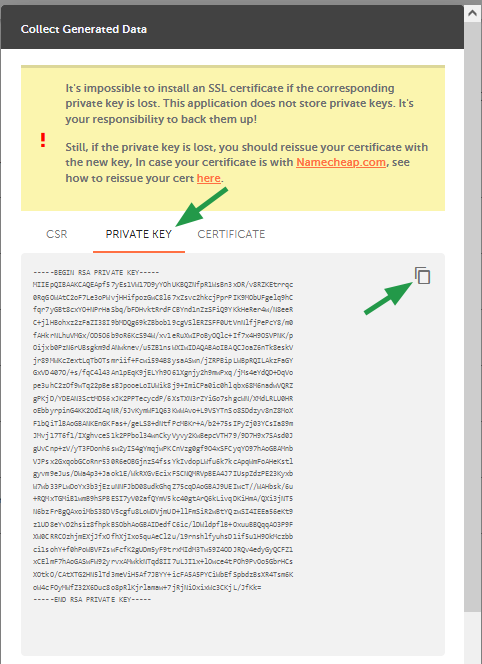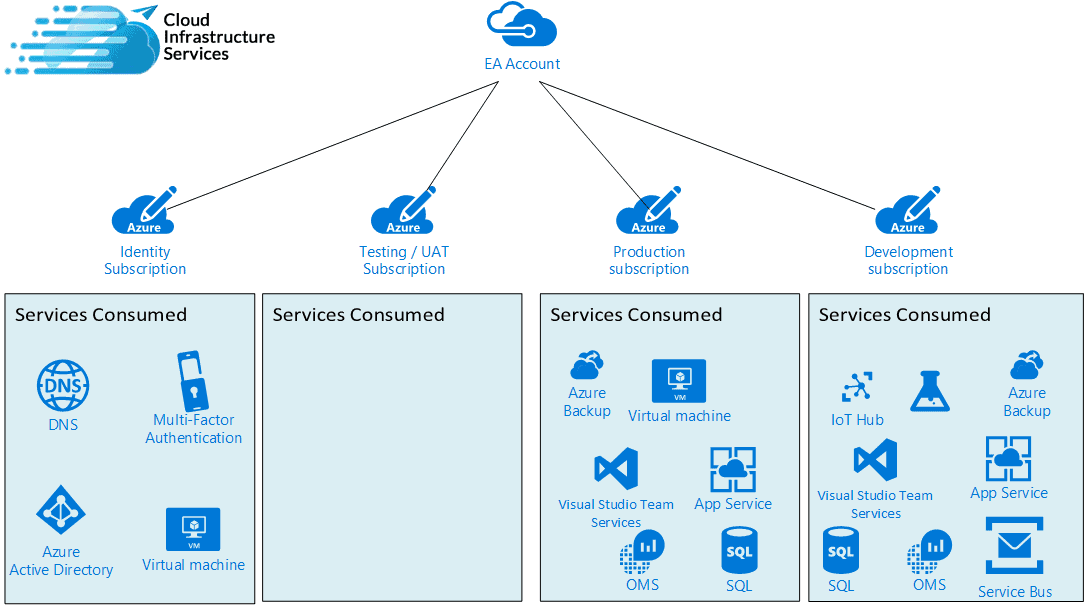
The TLS Handshake is a process that connects two computers using an encrypted connection. It begins with the server sending a "Finished" encrypted message containing the client's session key. Once the Handshake is successful, the client-server public private key pair will be able to start exchanging encrypted message. When the connection is lost, the session keys are deleted from the server. Once a Client Hello is received, the handshake is again repeated.
QUIC's low delay handshake
QUIC follows the same basic principles of TLS, but adds a low latency handshake. The handshake begins with a "clientHello message". This message contains a cipher suite, the initial-max-data-transport parameter, and an address validation token. The client then sends this message to the server.
QUIC's low-latency-handshake TLS reduces the handshake time for web-like data transfers. Traditional TCP-like mechanisms require three round-trips. The new QUIC mechanism eliminates only two. QUIC allows multiple byte streams can be sent over the same connection. This method is ideal for streaming video.
RSASSA-PSS signature schemes
Two components make up the RSASSA-PSS handshake. Each component is unique. The cryptographic material is the first component. The encryption process is part 2. The RSA encryption algorithm is used to create the handshake. Both components decrypt and encrypt the message with the client creating a digital signature.

The RSASSA/PSS Signature Scheme uses the RSAkey to sign data by using a private RSAkey. The signature can then be verified using the public RSA Key of the other side. This means that two different signatures for the same data can be verified. PKCS#1 v2.1 standardized RSASSA–PSS.
Perfect forward secrecy
Perfect Forward Security is a well-known security feature that prevents the theft of encrypted data in the future. Currently, most major browsers support this security option. However, there are still some websites that do not support this security feature.
To implement Perfect Forward Secrecy, a server needs to support TLSv1.2 and use the correct cipher suites. This feature is achieved using a Diffie-Hellman key exchange (DHE). With this technique, each client is provided with a new session key for every communication session. This ensures that the session keys are not compromised.
Suites cipher
TLS (Transport Layer Security), is a protocol that enables secure communication. It uses a cryptography suite to protect the messages. Both the client and server must agree on the cipher suite, and both must accept it. Cipher suites are also used for the handshake protocol.
TLS Standard defines the concept of a cryptographic suite. TLS 1.2, which is the most common version, is the best. TLS 1.3 has new requirements for cipher suites. TLS 1.3 was only recently standardised but is still not widely used. TLS 1.3 cipher Suites cannot be used with TLS 1.2 ciphers.

Round trips
Round trips with TLS handshake are security protocols that allow secure communications between two computers. TLS handshakes require two round trips to establish a connection between two clients. False start can help to reduce this. This technique allows the client to transmit encrypted data before the server responds. This minimizes round-trip time for TLS connections.
TLS uses a two-way handshake to establish secure communication between client and server. Handshakes between client and server take around 250 milliseconds. Handshakes that support higher encryption standards are only required one time if the server is available.
FAQ
Do I use WordPress?
A small website is the best way to build a successful web presence. If you have all the resources and time, then build a website. Start with a basic blog, even if your budget is limited. You can always add features later as you learn how to design and develop websites.
But before you build your first website, you should set up a primary domain name. This will give you a pointer to which to publish content.
What is a responsive web design?
Responsive Web Design is a method of designing responsive websites. It allows content to display on all devices (desktop computers, tablets and smartphones), so that it can be viewed easily on any device. This allows visitors to view the website on one device and access other features like buttons, navigation menus, etc. RWD's goal is to ensure that users view the exact same version of a website on every screen size.
A website that sells primarily through eCommerce would be an example of this. You want your customers to be able to purchase products from your store, even if they are viewing it on a phone.
A responsive website will adjust its layout automatically based on what device is used to view it. The site will display exactly the same way on a laptop as if it were viewed on a desktop computer. It will look different if you view the page from your phone.
This means that you can create a single website that looks great on every type of device.
What should I include?
These things should make up your portfolio.
-
Exemplaires of previous work
-
If possible, links to your site
-
Your blog may have links
-
Here are some links to social media pages.
-
You can also find links to other designers' portfolios online.
-
Any awards you've received.
-
References.
-
You can also send us samples of your work.
-
These are links showing you how to communicate effectively with clients.
-
Links showing you're willing to learn new technologies.
-
Here are some links to show you are flexible.
-
Your personality is displayed in the links
-
Videos showing your skills.
Statistics
- When choosing your website color scheme, a general rule is to limit yourself to three shades: one primary color (60% of the mix), one secondary color (30%), and one accent color (10%). (wix.com)
- In fact, according to Color Matters, a signature color can boost brand recognition by 80%. There's a lot of psychology behind people's perception of color, so it's important to understand how it's used with your industry. (websitebuilderexpert.com)
- The average website user will read about 20% of the text on any given page, so it's crucial to entice them with an appropriate vibe. (websitebuilderexpert.com)
- Studies show that 77% of satisfied customers will recommend your business or service to a friend after having a positive experience. (wix.com)
- At this point, it's important to note that just because a web trend is current, it doesn't mean it's necessarily right for you.48% of people cite design as the most important factor of a website, (websitebuilderexpert.com)
External Links
How To
How do I get started as a UI Designer?
Two ways to be a UI designer are available:
-
You can go through school and earn a degree in UI Design.
-
You can become a freelancer.
To be able to enter school, it is necessary to attend college/university and complete four years. This includes computer science, psychology, business, and art.
There are also state universities and community colleges that offer classes. Some schools offer programs for free, while others require tuition fees.
You'll need to find work once you have graduated. If you are going to be working for yourself, you will need to build your client list. It's important to network with other professionals, so they know you exist.
Opportunities to intern in web development companies are available. Many companies hire interns to gain experience before hiring full-time employees.
A portfolio will help you get more work once you have established it. You should have work samples and information about the projects you worked on in your portfolio.
It is a smart idea to send potential employers your portfolio via email.
As a freelancer, you will need to market yourself. You can list your services on job boards such Assure, Guru, Freelance, Guru and Upwork.
Freelancers often receive assignments from recruiters who post openings online. These recruiters seek qualified candidates to fill open positions within certain industries.
These recruiters will typically give the candidate a project brief that outlines the position's requirements.
While freelancers aren't required to sign contracts for a long time, they can still be paid. However, if you plan to move forward, it is best to negotiate an upfront payment.
Designers prefer working directly with clients over working through agencies. Although this might seem like a great idea, many people lack the necessary skills.
Agency workers are often well-versed in the industry they work in. They also have access to specialized training and resources that allow them to produce high-quality work.
Agency workers also receive higher hourly rates.
However, the disadvantage of working with an agency is not having direct contact with your employer.
To succeed as a UI designer, you must be self-motivated, creative, organized, flexible, detail-oriented, analytical, and communicative.
You must also possess excellent verbal and written communication skills.
UI designers are responsible for designing websites by creating user interfaces (UI) and visual elements.
They are also responsible in ensuring that the site meets all users' requirements.
This includes understanding the information that visitors require and how the site should function.
UI designers use various tools to create wireframes. Wireframing is a way for them to visualize the layout of a page prior to beginning their designs.
It is easy to create your own wireframes using the online templates.
Some designers focus solely on UI design, while others combine UI design with graphic design.
Photoshop is used to edit images by graphic designers.
Adobe InDesign is used to create layouts and pages.
Photographers capture images using digital cameras or DSLRs.
They then upload the pictures to a photo editing program where they add text captions, filters, and other effects.
The photographer saves the image as a compatible file format for the website.
When building a website, it is essential to consider all aspects of the design process.
This includes research, planning, wireframing, prototyping, testing, coding, content creation, and publishing.
Research - It's essential to conduct thorough research before starting a new project.
Planning – After you've done your research you'll be ready to develop a plan.
Wireframing – A wireframe is a preliminary sketch or drawing of a webpage or application.
Prototyping -- Prototypes allow you to make sure that your final product is exactly what you imagined.
Testing – The prototype should go through multiple rounds to be tested in order for it to work properly.
Coding - Coding is the act of writing computer code.
Content Creation - This includes everything from managing social media accounts to writing copy.
Publishing entails uploading files to a server and ensuring the site is accessible.
As a freelance UX/UI designer, you will need to learn about different projects.
Some companies may only need wire frames while others require complete prototypes.
You might be required to do certain tasks, depending on what type of project it is.
If you are hired to create wireframes for a company, you may be expected to produce several wireframes each time.
If you're hired to create a complete prototype, you may be required to develop a fully functional version of the site.
No matter what type of project you are working on, it is important to have good interpersonal skills.
Since most clients hire freelancers based on referrals, you must build solid relationships with potential employers.
Additionally, communication skills are essential.
A portfolio is an important tool in any freelancer's arsenal.
It is a showcase of your work and a demonstration of your ability produce high-quality outputs.
This is possible by creating an online portfolio.
It is a good idea to look for websites that are similar to yours to get you started.
Search these websites to view the details of each site.
Once you have determined the best practices for you, you can begin to adopt them.
It's also useful to include links from your portfolio in your resume.